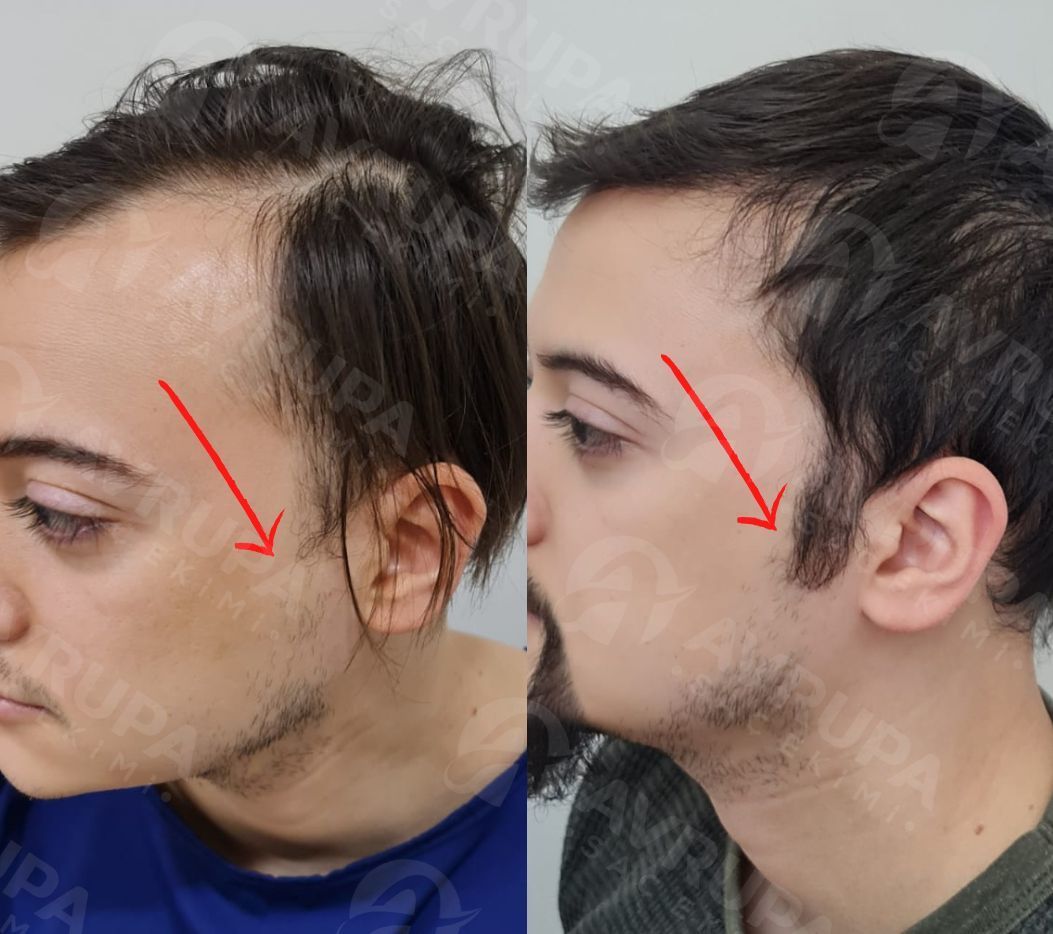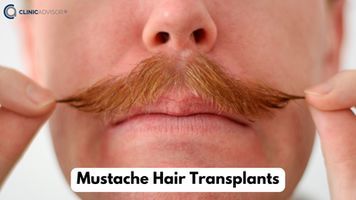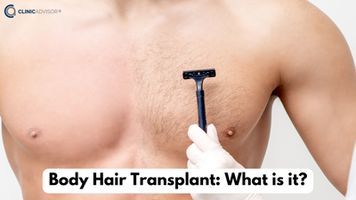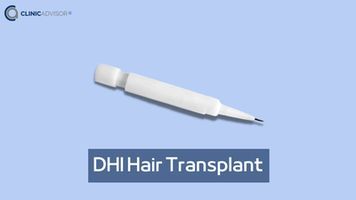What do we mean by a Sideburn Transplant?
Sideburn Transplant is a procedure that involves restoring hair on the sides of the face known as “sideburns”.
The procedure is considered surgical by nature yet to what we know as a “minimally invasive solution”.
In simple words, the process involves taking hairs from the sides or back areas of the scalp (donor area), and placing them in the thinning or bald areas of the sideburns.
What are some reasons to undergo a sideburn transplant?
Both men and women can undertake this procedure, and despite the motive, anyone willing to grow more hair on sideburns is encouraged to do so.
Some people may choose to undertake the procedure in order to fill some spotty areas or aim for a full restoration.
Some others may decide to go for this option in order to conceal a scar. The latter is probably common among women willing to hide the signs of another cosmetic surgery like face lifting.
What happens in a sideburn transplant?
There are mainly two techniques to carry out a sideburn transplant. First, the traditional one is known as follicular unit transplantation (FUT).
The second option is the modern method which is known as follicular unit extraction (FUE).
While both techniques entail the same goal (harvesting and placing hairs), FUE actually was developed to take the surgical intervention to a further minimal level.
What that means is while with FUT, a strip of tissue is extracted from the donor area along with attached hairs, individual hairs are taken one by one with the FUE (without the need to strip a tissue).
The procedure then takes the same steps regardless of the technique as those already harvested hairs are placed and inserted one by one in the sideburns to restore their density.
How many grafts are needed to transplant the sideburns?
Depending on the size of the targeted areas to be transplanted in the sideburns, the number of grafts could be around 250-500 grafts on each side.
How much does a sideburn transplant cost?
There is no specific cost rate for a sideburn transplant as it varied depending on many factors including country, number of hair grafts to be transplanted, clinic, and the doctor’s experience.
The prices in countries like the USA or the UK are charged per hair graft. For instance, in the US the rates charged per graft start from $3 up to $9. This means that a sideburn hair transplant in the US may cost you something around $3000-$9000.
However, we can say that it’s a pretty common fact that Turkey provides very affordable costs for cosmetic procedures including sideburn transplants.
For example, the price of a sideburn transplant in Turkey could go three times less than that in the US. So, you can expect to pay between $1500-$2000 for a sideburn transplant in Turkey.
Usually in Turkey, the treatment also comes in a total package that includes hotel accommodation, transportation from and to the airport, interpretation, and aftercare services.
How different is a sideburn transplant from other hair transplants?
Sideburn transplant is very similar to other types of hair transplant procedures like scalp hair transplant and beard transplant.
They all are carried under local anesthesia and take as much time as required to achieve the desired results.
The only difference in a sideburn transplant is that it doesn't take a long time. The entire procedure can be completed within 3-4 hours.
How can I ensure natural-looking results?
This point here in particular is all about the physician’s artistry and experience in ensuring that the appropriate number of hair follicles are in place to meet expectations.
 Sideburn hair transplant results by Avrupa Hair Transplant Clinic
Sideburn hair transplant results by Avrupa Hair Transplant Clinic
The surgeon is also expected to ensure placing the harvested hairs in the same angle and direction as the original hair so as to give a natural look to the transplanted hair.
Sideburn transplant aftercare and results?
Once the sideburn transplant surgery is completed some effort from the patient’s side is required to get the best results.
At this stage, the doctor will make sure to equip his/her patient with the right set of advice necessary for the results to match expectations.
It's important to know that the newly transplanted hair in the sideburns will require frequent trimming since it is taken from the back of the head.
In general, the transplanted hairs fall out within the first two months post the procedure just before growing back again in the course of 12 to 18 months cycle of time.
Sticking to your doctor's advice- especially- in the early days after the procedure is really important to ensure optimal results.
Potential complications and side effects after a sideburn transplant
Even though a sideburn transplant might per se be believed to have low risk, it’s still considered a medical procedure in the end.
And since we all agree that no medical procedure exists without any potential risk of complication, a sideburn transplant could also have some complications that range in seriousness.
Some complications might be in the form of slight pain, dissatisfaction over results, or loss of sensation in the transplanted areas. This might also go further to the surgery level in the form of infection or skin necrosis.
It’s always important to remember that proper pre-examination is very important to minimize the risk of any potential complications.
The physician should be there to ask the proper questions in advance, and it’s on the patient’s side to be more open about their medical history.
As for side effects, it’s considered normal to experience one or all of the following temporarily:
- Slight pain during the first couple of days.
- Swelling.
- Some bleeding for the first 2 days.
- Tiny bruises.
- Redness.
- Numbness.
- Itching.









Share Your Opinion, Please